
What Type Of Government Does Russia Have?
- In theory, Russia is a federal, democratic state.
- In practice, it is believed that virtually all power in Russia is in the hands of its president, Vladimir Putin.
- Putin has ruled Russia since the year 2000.
- Since Putin took power in Russia, he has been accused of eroding human rights and democratic freedoms in the country.
On paper, Russia is a federal democratic state. In practice, it functions as a highly centralized system dominated by President Vladimir Putin, who has held power in the Russian Federation in various roles since 2000. While Russia maintains formal democratic institutions, many analysts argue that these structures have been reshaped to strengthen executive authority and limit political competition. As a result, experts widely characterize modern Russia as an authoritarian regime in which power is concentrated around Putin and a close circle of allies.
Post-Soviet Russia’s Democratic Institutions
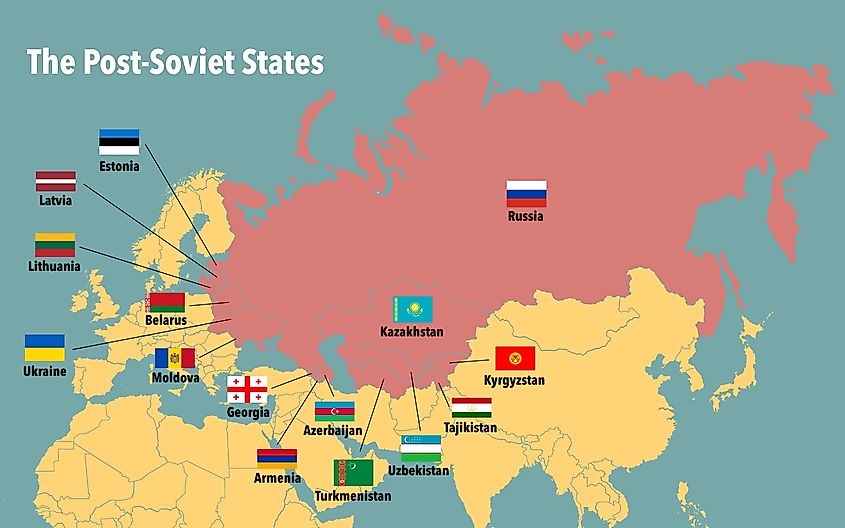
On December 25, 1991, the Soviet Union formally dissolved. The Russian Federation, previously the Russian Soviet Federative Socialist Republic, emerged as an independent state along with 14 other former Soviet republics. In the years that followed, Russia attempted to transition from a centrally planned communist system to a market-based economy and a multiparty political structure, a process marked by significant political and economic upheaval.
In 1993, Russia adopted a new constitution that formally established the country as a federal, democratic republic. The document guarantees fundamental rights, including freedom of expression and freedom of association. It also outlines a government structure with executive, legislative, and judicial branches, defining their powers and proclaiming their independence, consistent with the framework of a modern constitutional system.
The executive branch of Russia’s government is headed by the President. Under the constitution, the President acts as the guarantor of citizens’ rights and freedoms. The office is responsible for safeguarding national sovereignty, overseeing the work and interaction of state institutions, setting the country’s main domestic and foreign policy directions, and representing Russia internationally. The President also serves as commander-in-chief of the armed forces. The position is filled through direct nationwide elections for a six-year term.
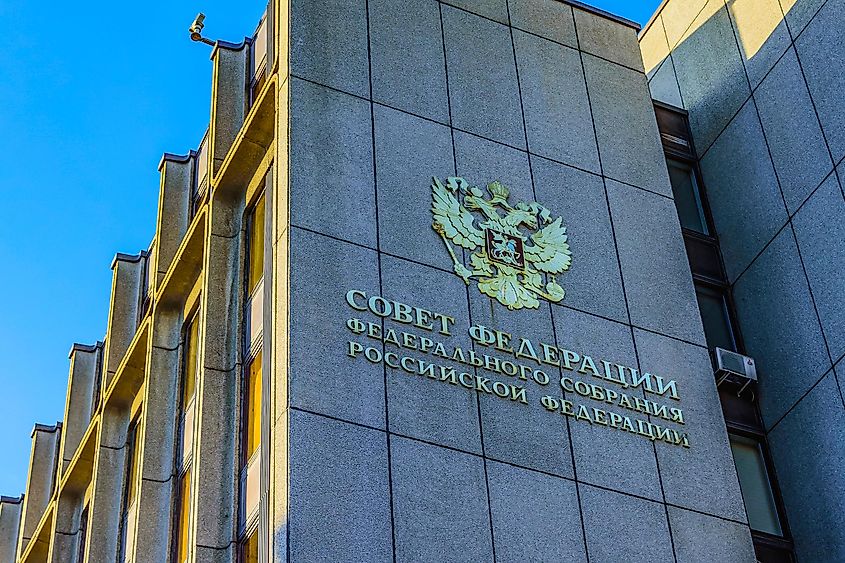
The Russian President appoints the Prime Minister, whose nomination must be approved by the State Duma, the lower chamber of the Federal Assembly. Once confirmed, the Prime Minister appoints cabinet members who lead federal ministries and agencies, including departments such as the Ministry of Defense and the Ministry of Foreign Affairs.
Article 94 of the Russian Constitution vests legislative authority in the Federal Assembly, a bicameral parliament composed of two chambers. The lower chamber is the State Duma, and the upper chamber is the Federation Council. The State Duma has 450 deputies elected to five-year terms. The Federation Council includes two representatives from each federal subject of Russia, one chosen by the regional legislature and one by the regional executive branch. In addition, the President may appoint representatives to the Federation Council, provided their number does not exceed 10 percent of the chamber’s total membership.
The Constitution of the Russian Federation also establishes a judicial branch that is intended to operate independently from the executive and legislative branches. The highest judicial bodies are the Constitutional Court of the Russian Federation and the Supreme Court of the Russian Federation. Judges of both courts are appointed by the Federation Council upon nomination by the President. The President also nominates judges to serve in the federal courts, subject to confirmation by the Federation Council.
The Emergence Of Vladimir Putin
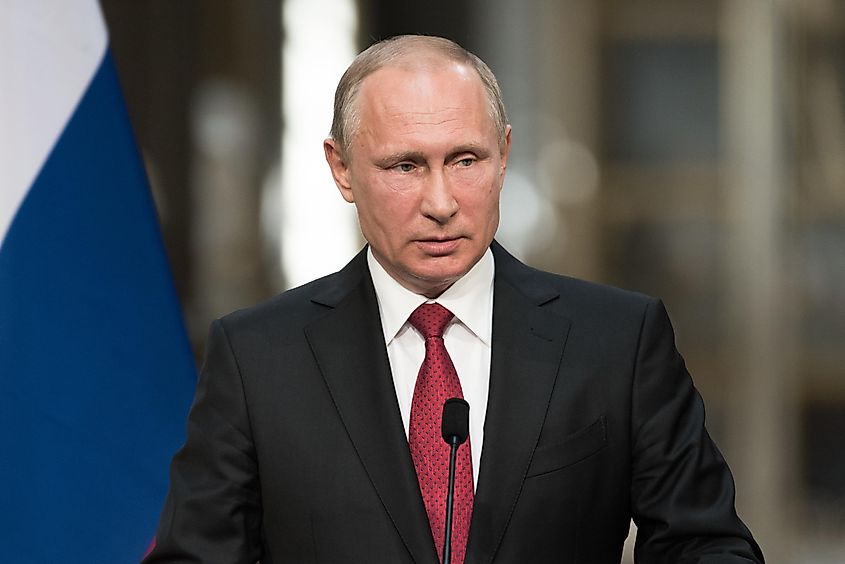
Between 1991 and 2000, Russia’s transition to democracy was chaotic and fraught with challenges. The economy was contracting, so many Russians found themselves poor and destitute. The country was also suppressing an armed, separatist rebellion in the Republic of Chechnya, one of Russia’s federal entities, located in the south of the country. Nevertheless, Russia was emerging as a vibrant, multiparty democracy. That is, until shortly after the turn of the century.
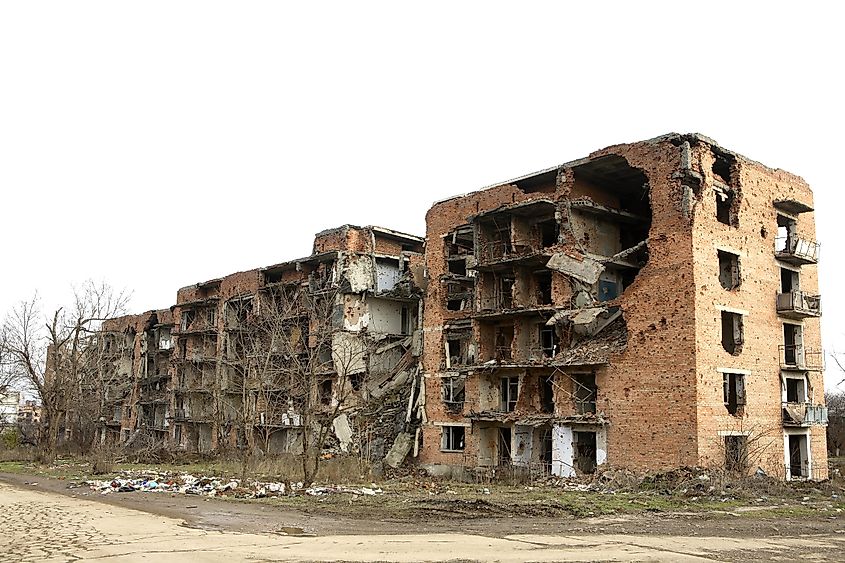
Between 1991 and 2000, Russia’s political and economic transition faced significant instability. The economy contracted sharply during the early reform period, leading to widespread poverty and hardship. The country also confronted violent conflict in the Republic of Chechnya, a federal region in the North Caucasus where separatists sought independence. Despite these difficulties, Russia developed competitive political parties, independent media outlets, and contested elections during the 1990s. This period of political pluralism, however, began to shift in the early 2000s.
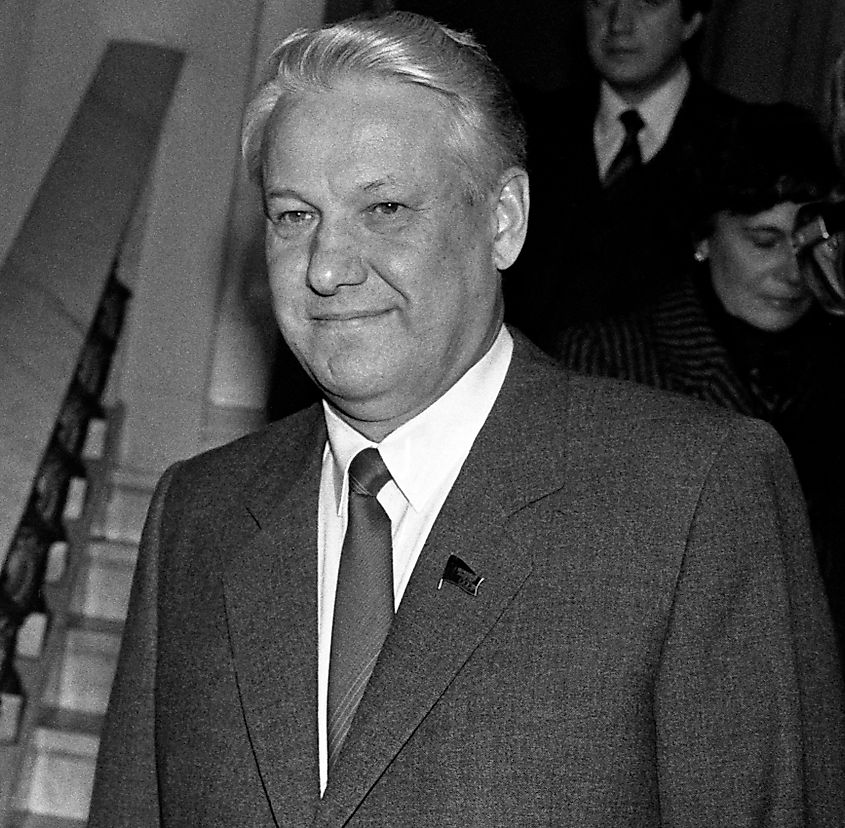
On December 31, 1999, President Boris Yeltsin resigned and transferred authority to Prime Minister Vladimir Putin, who then won the presidential election in 2000. Putin rose to prominence in part through his hardline approach in Chechnya after becoming prime minister in mid-1999. Early in his presidency, he oversaw policies that contributed to stabilizing Russia’s economy following the financial crises of the 1990s, which helped boost his public support. This political support enabled him to gradually reshape the structure and functioning of the Russian government in the years that followed.
Putin Consolidates Power
One of the earliest major steps in consolidating political power under Vladimir Putin came in the early 2000s, when the government moved to assert control over major national television networks, including ORT (later Channel One) and NTV, which had previously been privately owned and known for independent reporting. This shift marked a significant turning point in Russia’s media landscape. In the years that followed, Putin oversaw changes to political institutions that strengthened federal authority and increased presidential influence. During this period, the ruling party United Russia was also established and soon became the dominant force in the State Duma and regional legislatures.
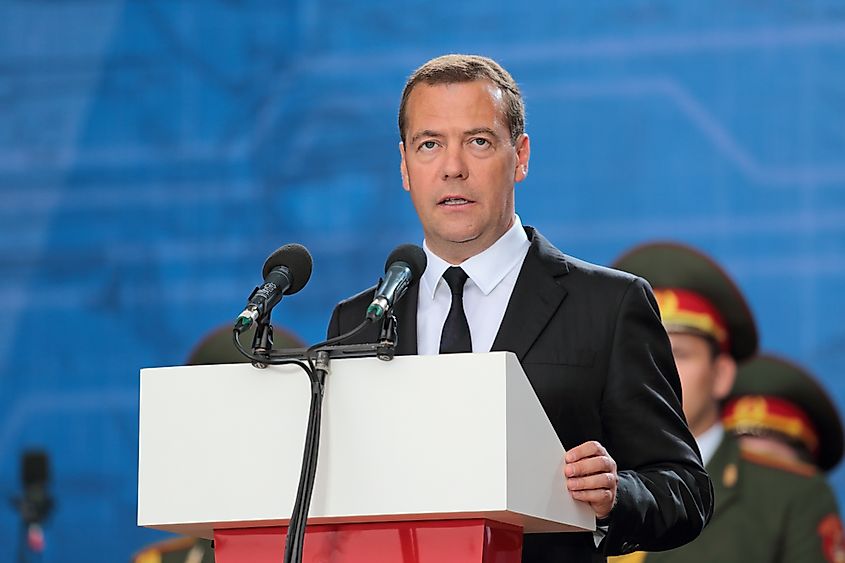
In 2008, Vladimir Putin left the presidency because the Russian Constitution did not allow more than two consecutive presidential terms. Dmitry Medvedev was elected president, and Putin became prime minister. During this period, many observers believed that Putin continued to wield significant influence over state policy. In 2012, Putin returned to the presidency after winning that year's election.
That same year, constitutional amendments extended the presidential term from four to six years, meaning his new term would run until 2018. Putin won re-election in 2018. In 2020, additional constitutional amendments were adopted that reset his term limits, allowing him to run again in future elections. As a result, he is legally permitted to remain in office until 2036 if he continues to win elections.
Putin’s Russia
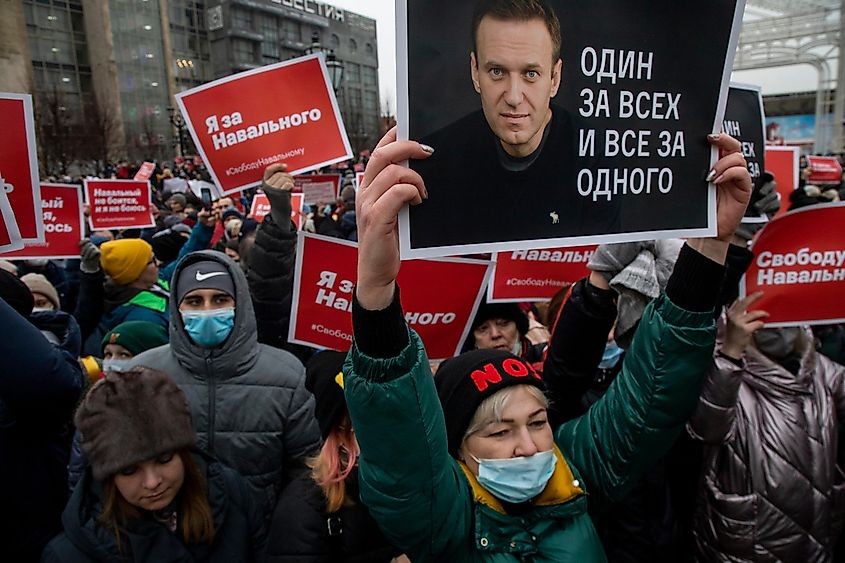
Opposition to Vladimir Putin has continued throughout his time in power, but critics and opposition figures in Russia often face severe risks. Human rights organizations and foreign governments have accused Russian authorities of targeting political opponents, including allegations of poisonings and killings both inside Russia and abroad. Public demonstrations are frequently restricted, and unauthorized protests are often dispersed by security forces. Opposition leaders and activists have been detained and, in some cases, received lengthy prison sentences.
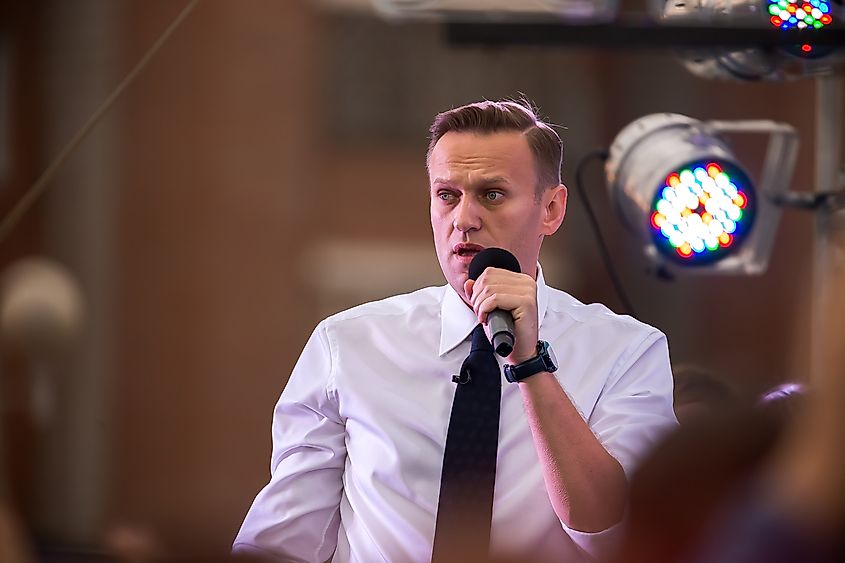
In 2021, Russian opposition leader Alexei Navalny was sentenced to three and a half years in prison after a court ruled that he had violated the terms of his probation. The probation stemmed from earlier corruption-related charges that many observers criticized as politically motivated. Navalny had left Russia for medical treatment after a poisoning involving a nerve agent, and authorities argued that his departure constituted a parole violation. While serving his sentence, he faced additional charges and received several longer prison terms, including a 19-year sentence in 2023. On February 16, 2024, Russian authorities announced that Navalny had died in a remote Arctic penal colony where he had been held under harsh conditions. His death prompted international condemnation and renewed scrutiny of the treatment of political opposition figures in Russia.
Vladimir Putin now exercises broad control over Russia’s political system. Major national media outlets operate under significant state influence, and independent journalism faces severe restrictions. Analysts note that elements of personalist leadership have developed around Putin, similar to patterns seen in other highly centralized political systems. While Russia continues to hold elections, many international observers and human rights organizations argue that they lack genuine competition because opposition candidates face barriers and electoral rules frequently change in ways that favor the ruling authorities. Elections are administered with limited transparency, and reported irregularities have raised concerns about vote manipulation. As a result, many experts describe Russia as an increasingly authoritarian state.











